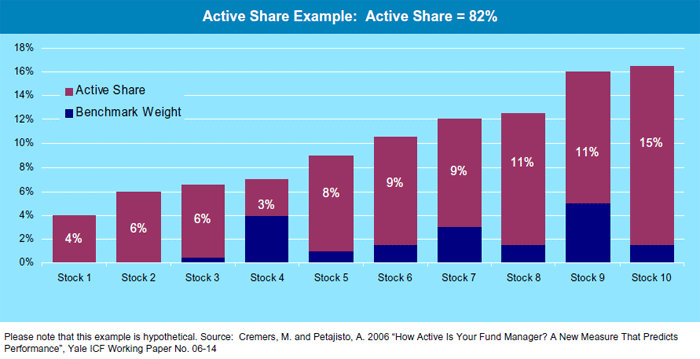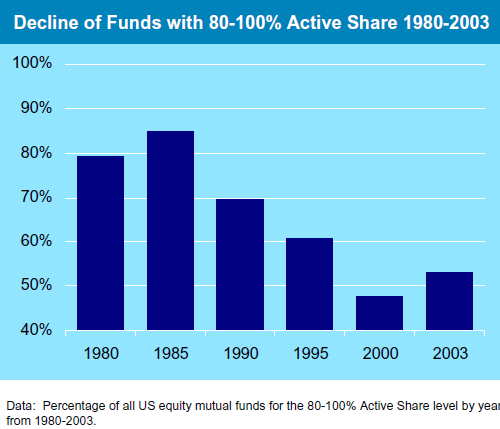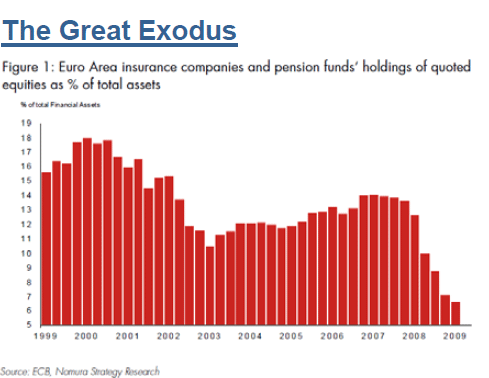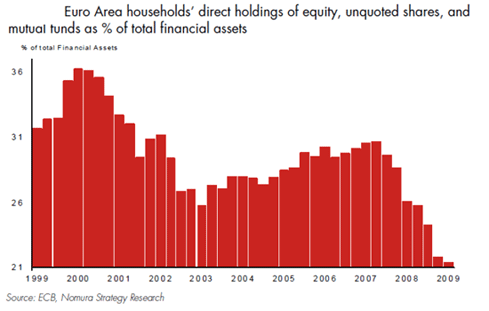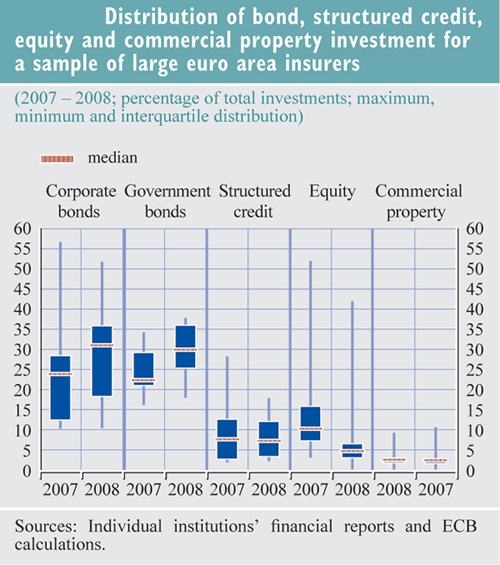In our daily interactions with the Swiss investment community we see very little evidence of the arrival of London-based fund managers fleeing the UK to Switzerland so we don’t believe there will be much impact on the targeting efforts of IROs for the time being.
As Bill McIntosh of the Hedge Fund Journal points out in a recent article, as much as 90% of the European industry’s $300 billion plus in assets is managed, directly or indirectly, from London and it is likely to stay that way. He explains that “There is a lot of talk, not too much action,” but points out that “anecdotal evidence suggests that many small-to-medium sized firms are also looking to enhance their operational flexibility. One thing that is occurring, according to a leading prime broker, is that firms are exploring setting up a management company in a more tax efficient locale. This is seeing some funds set up a second leg in Switzerland but still keep London as the main operating centre. Though London is expected to be the top European financial services hub for the foreseeable future, hedge fund principals can decamp to build a second leg but still visit the UK weekly or fortnightly, thus escaping the clutches of the Inland Revenue.”
He goes on to point out that “Another spur for setting up a Swiss office is to take advantage of the light regulatory structure. At a time when regulatory upheaval is a certainty in both Europe and the US, the Swiss system’s use of referenda means that change, if it comes, will be slow. But it could be tricky to decamp completely from the UK in case the AIM directive puts heavy restrictions on non-EU funds. So it seems likely that firms will want to guard their EU regulatory optionality by keeping a London presence. Having dual offices thus gives a fund a regulatory toe-hold in each system.”
“Consultants and managers note that life style, too, is a key consideration. Firms that canvas their partners about moving abroad often find it difficult to convince wives and family to rip up their lifestyles and relationships. The Swiss Alps may be beautiful and have their fans, especially among partners with young families, but the cantons around Zurich can be tough socially for non-German speakers. And Zurich, whatever its charms, pales beside London as a cultural and entertainment centre.”
“Nor should it be forgotten that Switzerland is itself badly bruised from the credit crunch. Private bank customers in Geneva lost an estimated $7 billion in Madoff and many funds-of-funds in the city are still bleeding. The woes that have afflicted UBS have ensured that Zurich, too, has felt the pain. Moreover, capital is flowing out as tax amnesties in Italy and Germany encourage investors to bring money home.“
Talk of London-based hedge fund exodus to Switzerland is exaggerated. Indeed, the fall of sterling against the euro and the Swiss franc even gives the UK a competitive cost advantage.

